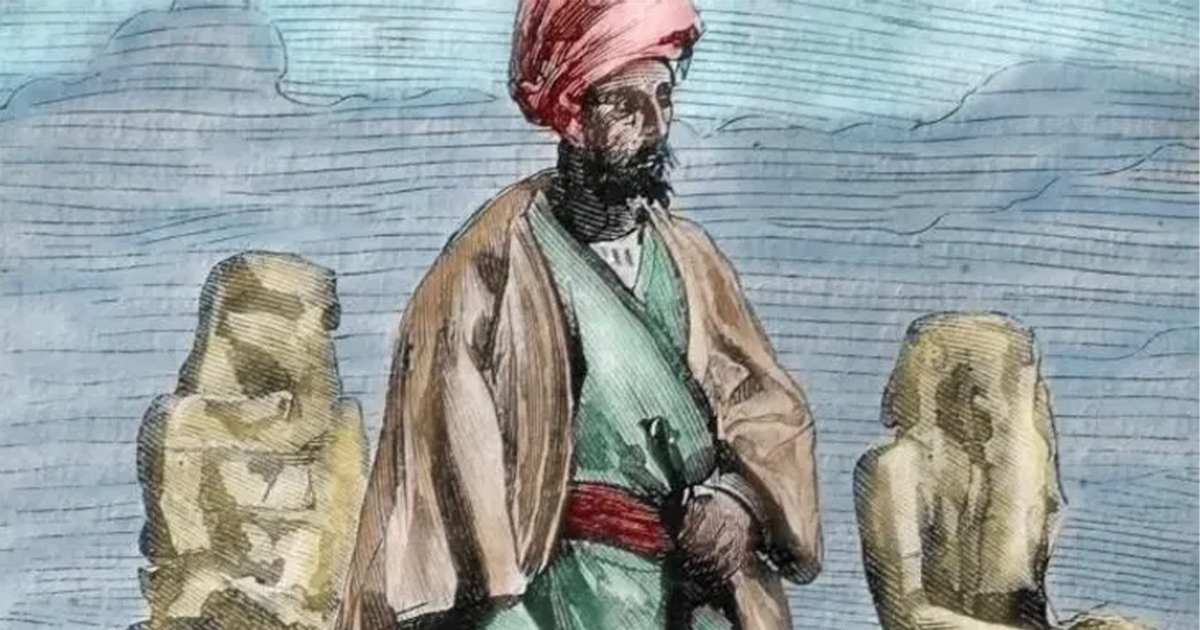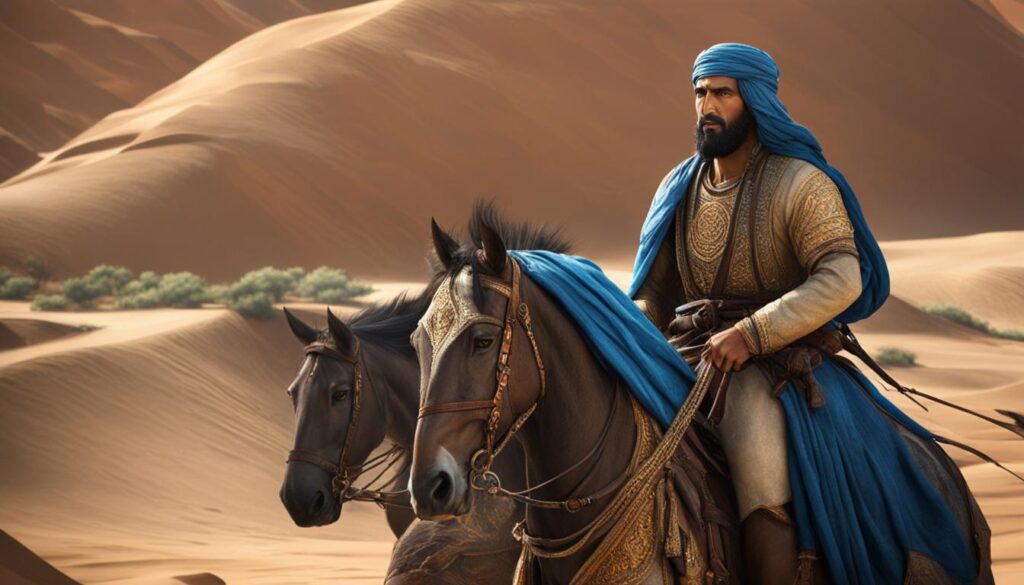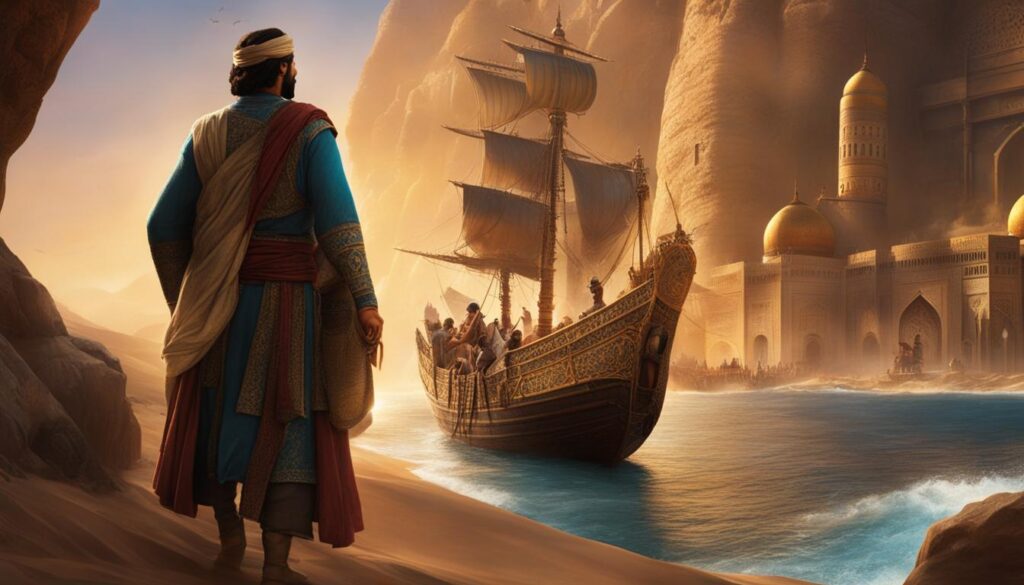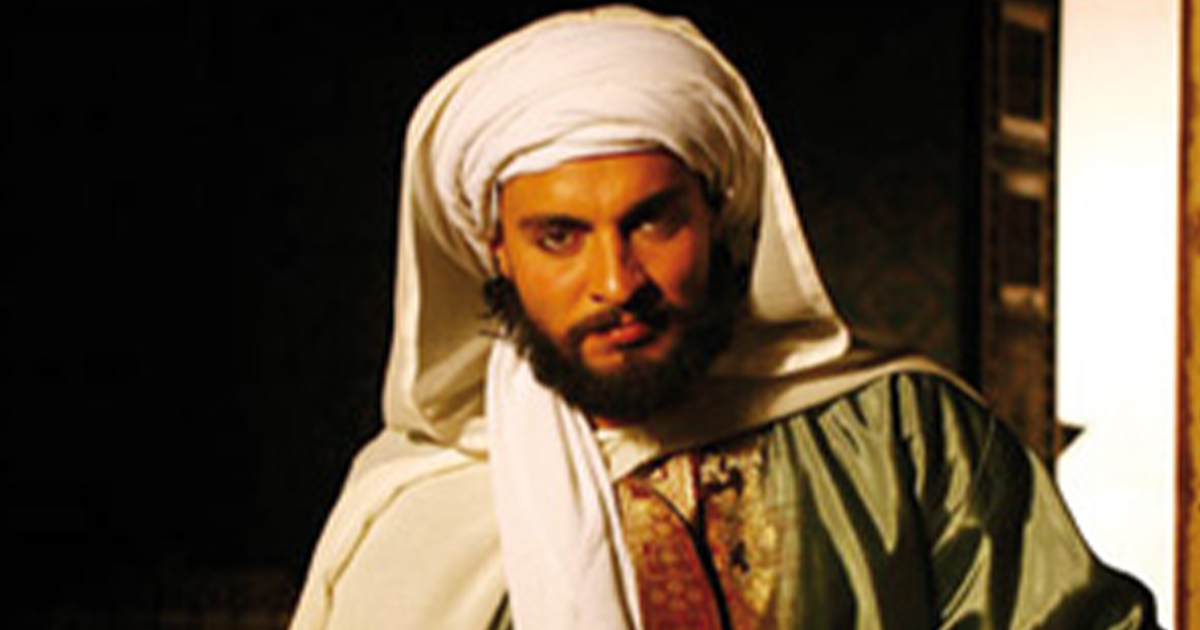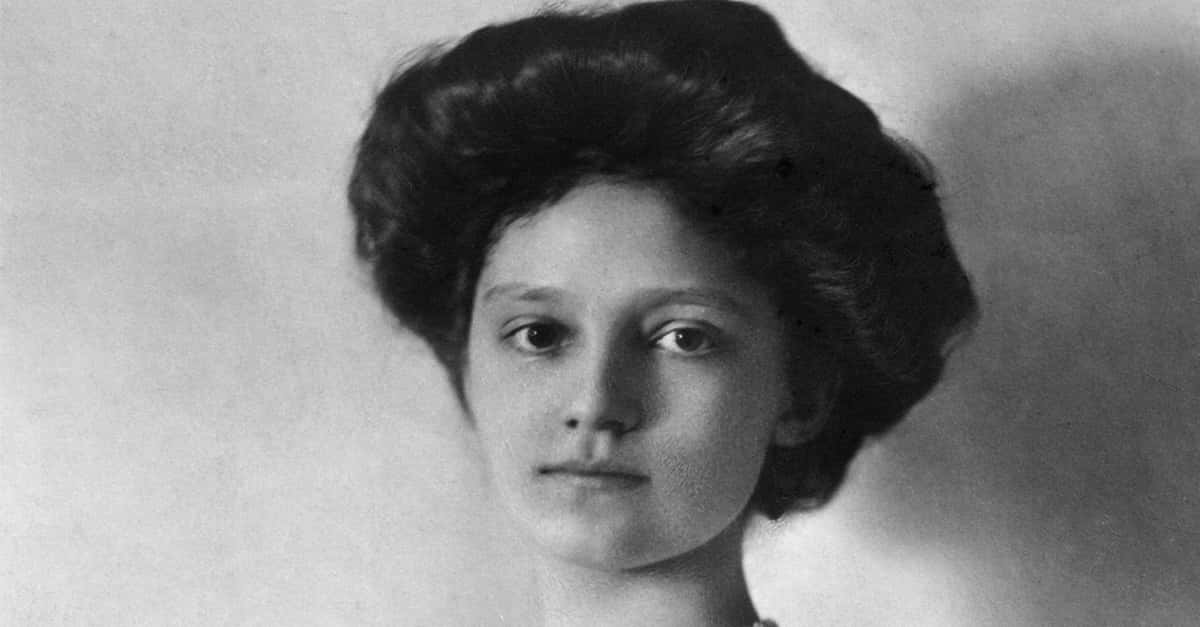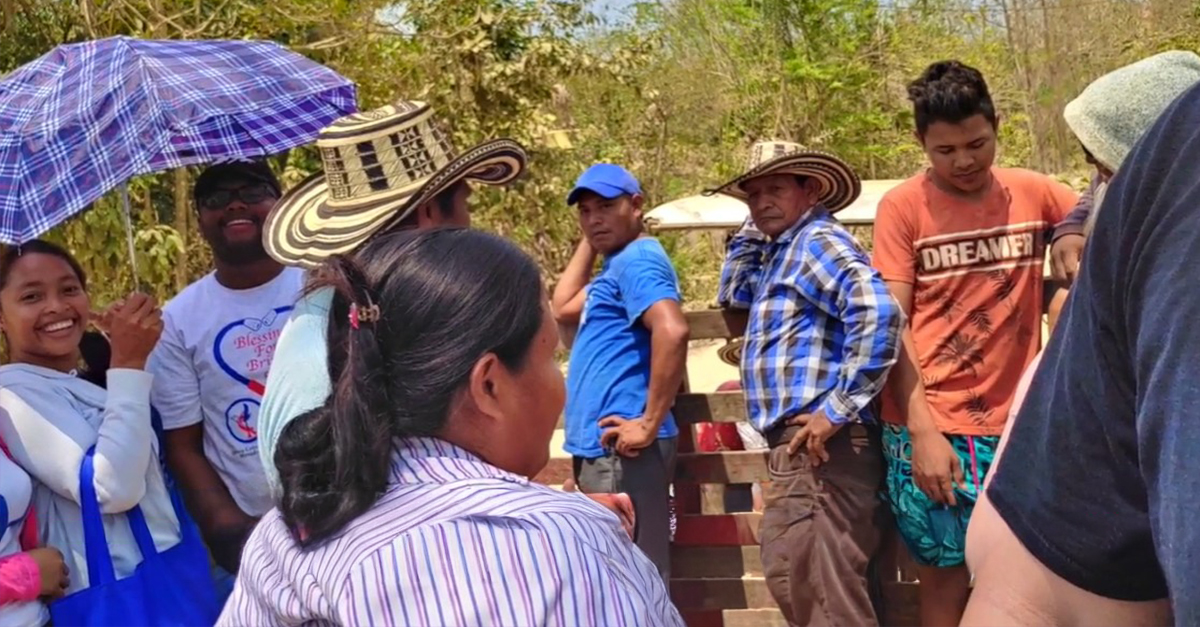Crossing Kingdoms And Cultures
The Muslim explorer earned his title as "the traveler of Islam" through a truly astonishing feat. Here’s an intriguing look at how Ibn Battuta covered approximately 75,000 miles across three continents even before the age of steam.
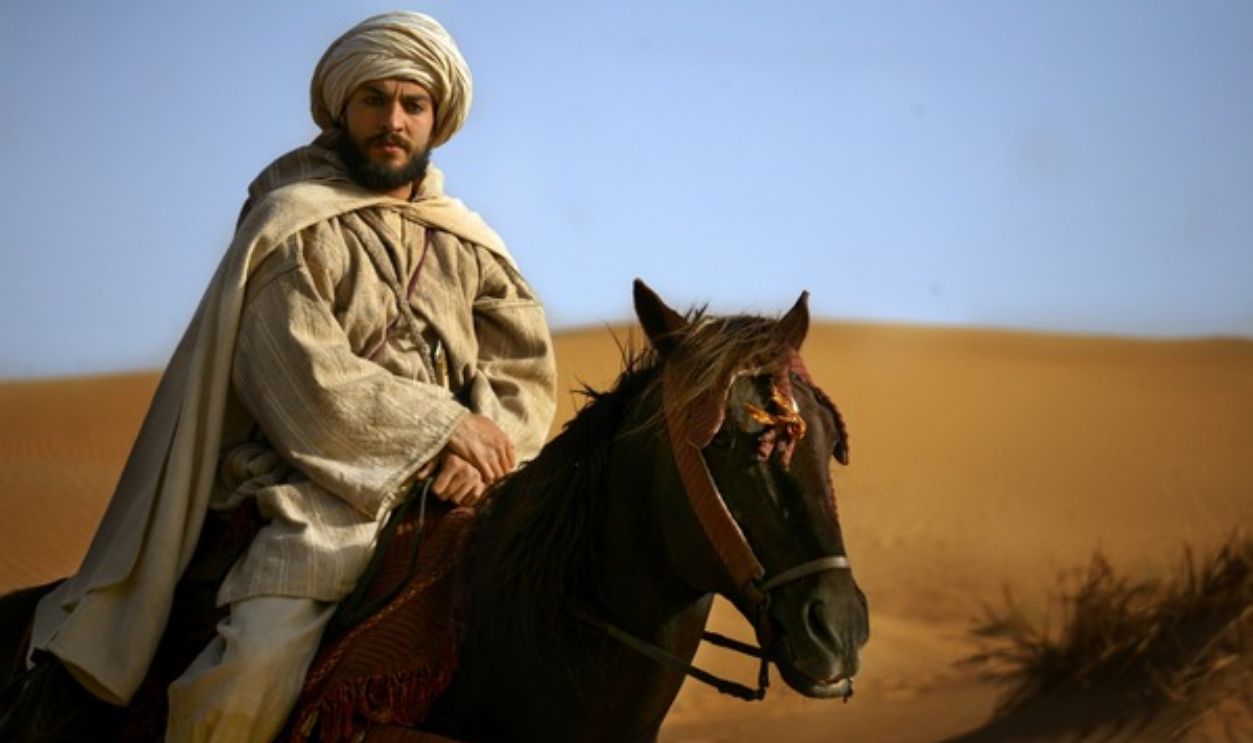
Birth And Background
In Tangier, Morocco, on February 24, 1304, Ibn Battuta was born during the Marinid dynasty's rule. His family was part of the Berber Lawata tribe, which had a history of being involved in Islamic legal studies. A number of them became judges known as qadis.
 Imre Solt, CC BY-SA 3.0, Wikimedia Commons
Imre Solt, CC BY-SA 3.0, Wikimedia Commons
Early Years
Growing up in Tangier, young Ibn Battuta received traditional Islamic education at a Sunni Maliki school. This religious and legal training became fundamental to his future career, as Maliki Muslims often requested his services as a judge during travels.
 Boubloub, CC BY-SA 4.0, Wikimedia Commons
Boubloub, CC BY-SA 4.0, Wikimedia Commons
Departure From Home
When he was just twenty-one, on June 14, 1325, little Battuta set off from Tangier to go on his hajj pilgrimage to Mecca. He went solo, without any friends or a caravan for safety, as he was simply eager to visit the important Islamic holy sites.
Initial Journey Path
His first route followed North Africa's coastline through Abd al-Wadid and Hafsid sultanates. While traveling through Tlemcen and Béjaïa, he made his way to Tunis, where he stayed for some months before heading further east to the ancient lands of Egypt.
 Nader Ghanja, CC BY-SA 3.0, Wikimedia Commons
Nader Ghanja, CC BY-SA 3.0, Wikimedia Commons
First Marriage
While traveling in North Africa, Ibn Battuta tied the knot for the first time in Sfax. This began a trend where he picked up wives in different places. But it is said that he would ultimately divorce them before moving on to his next adventure.
Alexandria Arrival
Ibn Battuta arrived in Alexandria in early 1326 and ran into two important spiritual leaders. One of them, Sheikh Burhanuddin, told him that he was destined to be a world traveler and encouraged him to seek out religious scholars in India, Sindh, and China.
 Vyacheslav Argenberg, CC BY 4.0, Wikimedia Commons
Vyacheslav Argenberg, CC BY 4.0, Wikimedia Commons
Cairo Experiences
The explorer spent a month in Cairo, the capital of the powerful Mamluk Sultanate. While the city's grandeur impressed him, his intended route to Mecca was obstructed by a local rebellion at Aydhab, which was the port city he had planned to use for his pilgrimage.
 Ahmed.magdy.88, CC BY-SA 4.0, Wikimedia Commons
Ahmed.magdy.88, CC BY-SA 4.0, Wikimedia Commons
Syrian Detour
This political unrest forced the explorer to then detour through Syria. Fortunately, he was able to tour holy places, including Hebron, Jerusalem, and Bethlehem, by taking the unexpected path. These were all protected by Mamluk authorities from bandits.
 Antoine Taveneaux, CC BY-SA 3.0, Wikimedia Commons
Antoine Taveneaux, CC BY-SA 3.0, Wikimedia Commons
Prophetic Guidance
It is also believed that Ibn Battuta's decision to travel through Syria was influenced by a holy man he had encountered during his earlier travels. This man prophesied that Ibn Battuta would only reach Mecca by taking this route.
First Hajj Completion
After being in Damascus during the Ramadan month, he joined a caravan traveling south to Medina. He finally reached Mecca in November, completing his first hajj and earning the honorific title El-Hajji, which is given to those who have completed the pilgrimage to the sacred city.
 Walters Art Museum, Public domain, Wikimedia Commons
Walters Art Museum, Public domain, Wikimedia Commons
Decision To Continue
Instead of returning home after completing his pilgrimage to Mecca, Battuta continued his exploration. On November 17, 1326, he joined a large caravan of pilgrims traveling north towards Iraq. This was the beginning of nearly three decades of continuous travel.
Journey To Iraq
By November 1326, the explorer had crossed Arabia to go to Iraq. He checked out Ali's tomb in Najaf, then visited Wasit and Basra. Instead of heading straight to Baghdad with his caravan, he decided to take a six-month detour to Persia.
 Post of Iraq, Wikimedia Commons
Post of Iraq, Wikimedia Commons
Persian Exploration
After tackling the Zagros Mountains, he finally made it to Isfahan and Shiraz. Unlike a bunch of northern Persian cities that got wiped out by the Mongols, Shiraz was still thriving and had a vibrant culture. The environment totally wowed the young traveler.
 Hesam.montazeri, CC BY-SA 4.0, Wikimedia Commons
Hesam.montazeri, CC BY-SA 4.0, Wikimedia Commons
Meeting In Baghdad
Then, in 1327, when Ibn Battuta got back to Baghdad, he saw Abu Sa'id, the last ruler of the united Ilkhanate, leaving with his entourage. So, he chose to hop onto the royal caravan for a bit but then decided to head north toward Tabriz along the Silk Road.
 Bodleian Library, Wikimedia Commons
Bodleian Library, Wikimedia Commons
Along The Black Sea
Battuta hopped on a boat from Sinope to the Crimean Peninsula and ended up in the Golden Horde's area. He checked out Azov and even had a meeting at Uzbeg Khan's court. After that, he traveled to Bolghar, which was the farthest north he had ever traveled.
 MODIS Land Rapid Response Team, Wikimedia Commons
MODIS Land Rapid Response Team, Wikimedia Commons
Visit To Constantinople
Around 1332, the curious man boarded Princess Bayalun's trip to Constantinople. She was the daughter of Byzantine emperor Andronikos III and was heading home to give birth. He saw it as a good chance to check out some Christian lands along the way.
 Jean Le Tavernier, Wikimedia Commons
Jean Le Tavernier, Wikimedia Commons
Through Central Asia
While traveling through Central Asia, he visited the historic cities of Bukhara and Samarkand. He was impressed by Samarkand and described it as "one of the grandest cities," despite the fact that it had suffered damage from the Mongol invasions led by Genghis Khan.
 Ekrem Canli, CC BY-SA 3.0, Wikimedia Commons
Ekrem Canli, CC BY-SA 3.0, Wikimedia Commons
Crossing The Mountains
Ibn Battuta then traveled across the tough Hindu Kush mountains into India. He mentioned that this range was called the "Hindu-slayer" mainly because a lot of Indian slaves died from the freezing cold while being moved over these high peaks.
 Ninara from Helsinki, Finland, CC BY 2.0, Wikimedia Commons
Ninara from Helsinki, Finland, CC BY 2.0, Wikimedia Commons
Arrival In Delhi
In 1334, he reached Delhi, where he gained favor with Sultan Muhammad bin Tughluq, who was known as one of the wealthiest Muslim rulers. Recognizing Battuta's knowledge, the Sultan appointed him as the prestigious chief judge (Qazi) of Delhi.
 Salar Jung Museum, Wikimedia Commons
Salar Jung Museum, Wikimedia Commons
Arrival In Delhi (Cont.)
Battuta served in this capacity for about six years, during which he was responsible for enforcing Islamic law and order. His annual salary was reported to be 12,000 dinars. Battuta eventually resigned from his judgeship due to conflicts and dissatisfaction.
 Nvvchar at English Wikipedia, CC BY-SA 3.0, Wikimedia Commons
Nvvchar at English Wikipedia, CC BY-SA 3.0, Wikimedia Commons
Time In Maldives
After leaving India, he unexpectedly spent nine months in the Maldives. The rulers of the Maldives recognized his legal expertise and knowledge of Islamic law, which persuaded him to stay. Later, they appointed him chief judge (Qadi) of the islands.
Exploring Sumatra
Sometime in the year 1345, Ibn Battuta made his way to the Samudera Pasai Sultanate in northern Sumatra. There, he saw that the local Muslim ruler was busy fighting against animists and mentioned how the island was full of camphor, areca nuts, and cloves.
 Unknown Author, Wikimedia Commons
Unknown Author, Wikimedia Commons
Journey To China
The same year, he arrived in Quanzhou, a busy port city in China. He mentioned that Muslims referred to it as "Zaitun," which means olive, even though there were no olives growing there. He also admired the local artists who created portraits of foreigners for safety reasons.
 Severin.stalder, CC BY-SA 3.0, Wikimedia Commons
Severin.stalder, CC BY-SA 3.0, Wikimedia Commons
Chinese Observations
During his stay in China, Ibn Battuta documented the manufacturing of large ships in Quanzhou. He also described Chinese cuisine, including unfamiliar dishes with frogs and dogs, and stated that Chinese chickens were larger than Western ones.
 Arvin Diesmos, National Museum of the Philippines, Wikimedia Commons
Arvin Diesmos, National Museum of the Philippines, Wikimedia Commons
Life In Guangzhou
After Quanzhou, the explorer headed to Guangzhou, where he spent two weeks hanging out with wealthy merchants. He was quite impressed by the Muslim quarter of the city, which had its own mosques, markets, and hospitals that catered to the needs of the Islamic community.
 Unknown Author, CC BY 4.0, Wikimedia Commons
Unknown Author, CC BY 4.0, Wikimedia Commons
Imperial Capital Visit
It was then in Beijing that Ibn Battuta introduced himself as a long-lost ambassador from Delhi. He talked about the wooden palace of Emperor Huizong and noticed that some folks actually worshipped their ruler as if he were a god.
 Unknown Author, Wikimedia Commons
Unknown Author, Wikimedia Commons
Return Journey Begins
When Battuta finally left China in 1346, he boarded a Chinese junk sailing to Southeast Asia. Unfortunately, during this journey, he faced problems. The junk crew imposed unfair charges on him, resulting in the loss of most of the items he had from China.
 Unknown Author, Wikimedia Commons
Unknown Author, Wikimedia Commons
Dangerous Homeward Path
While traveling through the Strait of Hormuz, he learned about the civil war between the Mongols and Iranians that erupted after Abu Sa'id died in 1335. This political instability really complicated his return journey, as the region was filled with conflict and uncertainty.
 Indian, Moghul, Wikimedia Commons
Indian, Moghul, Wikimedia Commons
Encountering The Plague
When Ibn Battuta next arrived in Damascus in the year 1348, he witnessed the terrible effects of the Black Death pandemic. He noted that around 2,400 people were dying every day in Damascus, while in Cairo, the death toll was about 1,100 each day during this outbreak.
Visit To Spain
In 1350, he made his way to Granada, a key city in the Muslim-controlled area of al-Andalus, which is now Spain. He was initially hoping to help defend Gibraltar from possible attacks by Christian forces under King Alfonso XI of Castile.
 Javier Carro, CC BY-SA 3.0, Wikimedia Commons
Javier Carro, CC BY-SA 3.0, Wikimedia Commons
What Happened In Spain?
The king posed a threat to Muslim territories in that region. However, by the time Battuta arrived, the immediate danger had diminished, primarily due to the impact of the Black Death, which had claimed the lives of Alfonso and many soldiers.
 Unknown Author, Wikimedia Commons
Unknown Author, Wikimedia Commons
African Expedition
Between 1351 and 1352, Ibn Battuta traveled through West Africa, specifically the Mali Empire. He visited salt mines, witnessed the gold trade in action, and even met Mansa Suleyman. However, he had a biased view of some of the local customs he encountered.
 Unknown Author, CC BY-SA 3.0, Wikimedia Commons
Unknown Author, CC BY-SA 3.0, Wikimedia Commons
Journey To Timbuktu
Battuta reached Timbuktu during his travels in 1352, when it was still a small and relatively unimportant city. During this significant journey, he encountered hippopotamuses for the first time and even observed that local boatmen both feared and hunted these creatures.
 Baz Lecocq at nl.wikipedia, CC BY 2.5 NL, Wikimedia Commons
Baz Lecocq at nl.wikipedia, CC BY 2.5 NL, Wikimedia Commons
Niger River Exploration
The traveler went down the Niger River in a canoe that was made from a single tree and finally got to Gao, which was a big deal with respect to trade. He stayed there for about a month before going to the Takedda Oasis.
 Jialiang Gao, CC BY-SA 3.0, Wikimedia Commons
Jialiang Gao, CC BY-SA 3.0, Wikimedia Commons
Return To Morocco
In September 1353, Ibn Battuta received a call from the Sultan of Morocco to head back home. He got onto a huge caravan that was transporting 600 female slaves. By early 1354, he finally made it back to Morocco, wrapping up his adventure in Africa.
 Ismael zniber, CC BY-SA 3.0, Wikimedia Commons
Ismael zniber, CC BY-SA 3.0, Wikimedia Commons
Recording The Journey
After returning home to Morocco, Battuta was encouraged by the ruler Abu Inan Faris to dictate the accounts of his travels. So, he collaborated with Ibn Juzayy, a scholar he had previously met in Granada, to document the journey of nearly twenty-nine years.
 Orientalist, Wikimedia Commons
Orientalist, Wikimedia Commons
The Written Account
This partnership led to his well-known work, The Rihla, which means "The Journey”. It shares insights for those who love discovering cities and the wonders of traveling. It was formally titled "A Masterpiece to Those Who Contemplate the Wonders of Cities and the Marvels of Traveling”.
Western Discovery
His work remained unknown outside Muslim regions until 1811 when the German explorer Ulrich Seetzen found a 94-page manuscript in the Middle East. German orientalist Johann Kosegarten then published extracts in 1818. This brought the work to the attention of European scholars.
 Frederik Christiaan Bierweiler, Wikimedia Commons
Frederik Christiaan Bierweiler, Wikimedia Commons
Writing From Memory
Remarkably, Ibn Battuta kept no journal during his 29 years of travel. When dictating his experiences to Ibn Juzayy, he relied fully on memory and existing manuscripts. This lack of written records during his journeys, in a way, makes his account interesting.
 Holger Reineccius, CC BY-SA 3, Wikimedia Commons
Holger Reineccius, CC BY-SA 3, Wikimedia Commons
Borrowed Descriptions
Ibn Juzayy, while recording Ibn Battuta's story, used passages from earlier travelers without acknowledgement. Descriptions of Damascus, Mecca, and Medina came from Ibn Jubayr's 150-year-old account, while Palestinian descriptions were borrowed from Muhammad al-Abdari's writings.
 Léon Benett, Wikimedia Commons
Léon Benett, Wikimedia Commons
Disputed Travels
Many modern scholars have doubts about the trips Battuta claimed to have taken. Based on what history has to say, his stories about going up the Volga River to Bolghar, visiting Sana'a in Yemen, traveling from Balkh to Bistam, and wandering around Anatolia seem unlikely to them.
 Jtamad, CC BY-SA 4.0, Wikimedia Commons
Jtamad, CC BY-SA 4.0, Wikimedia Commons
Questions About China
Scholars also wondered about his supposed travels to China. It seems that his descriptions were taken from authors like Sulaiman al-Tajir and Shihab al-Umari. Additionally, Battuta's tales are similar to Marco Polo's writings, with identical stories that seem unlikely.
Recent Evidence Emerges
However, in 2010, a researcher named Tim Mackintosh-Smith found some unknown manuscripts at Al-Azhar University in Cairo. They were copies made by Battuta in 1326 while he was in Damascus. This find adds some proof to at least part of his journey, especially his time in Syria.
 Kareem torky, CC BY-SA 3.0, Wikimedia Commons
Kareem torky, CC BY-SA 3.0, Wikimedia Commons
Cultural Perspectives
This man often felt a culture shock at local customs that differed from his orthodox Muslim views. He found Turkic gender dynamics confusing, mistaking husbands for servants. He also criticized what he considered revealing dress in the Maldives and sub-Saharan Africa.
Modern Tributes
Dubai's Ibn Battuta Mall recreates the lush lands from his travels with detailed themed courts, while his statue stood tall at Dubai Expo's Mobility Pavilion 2020. Tangier's International Airport also bears his name. So, Ibn Battuta's legacy lives on through various landmarks today.
 Dans, CC BY-SA 3.0, Wikimedia Commons
Dans, CC BY-SA 3.0, Wikimedia Commons



